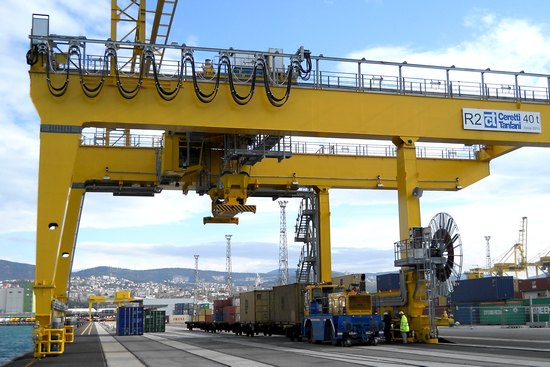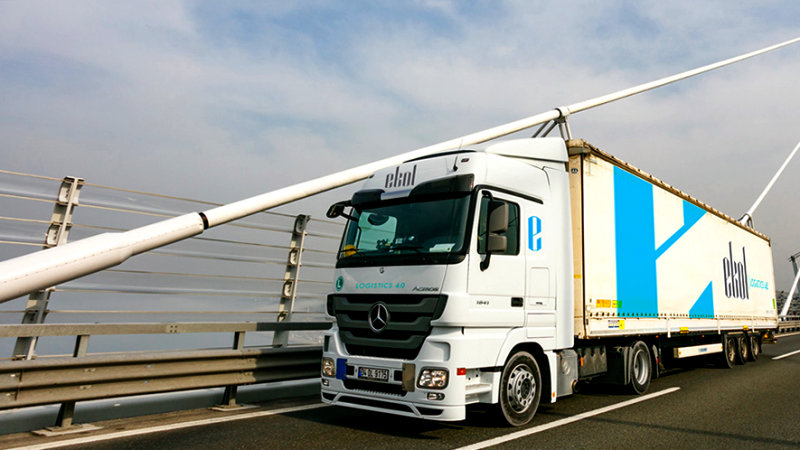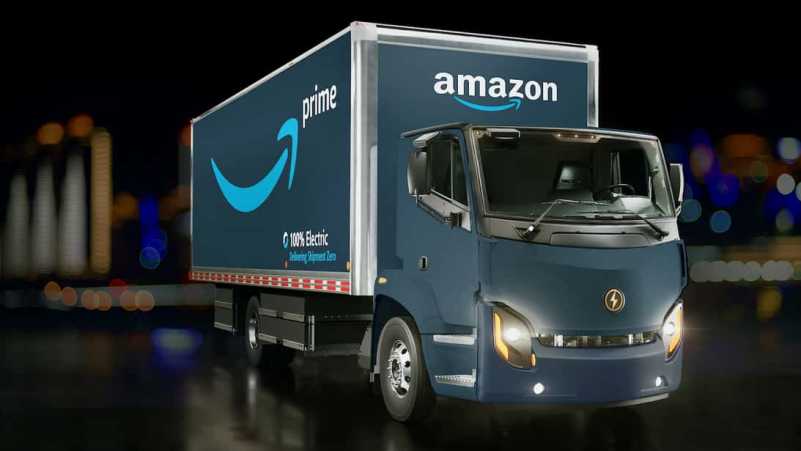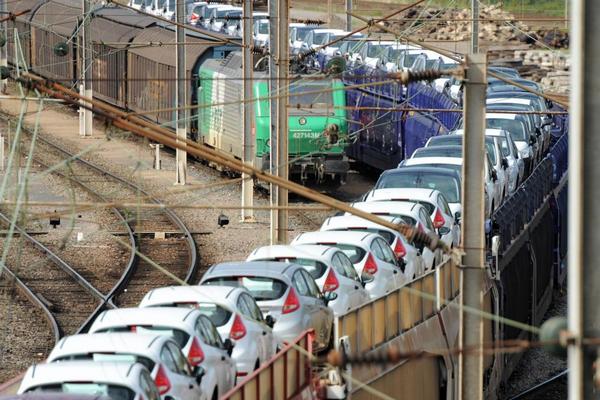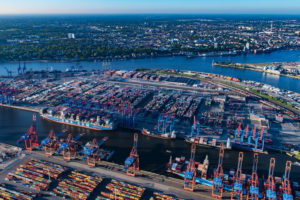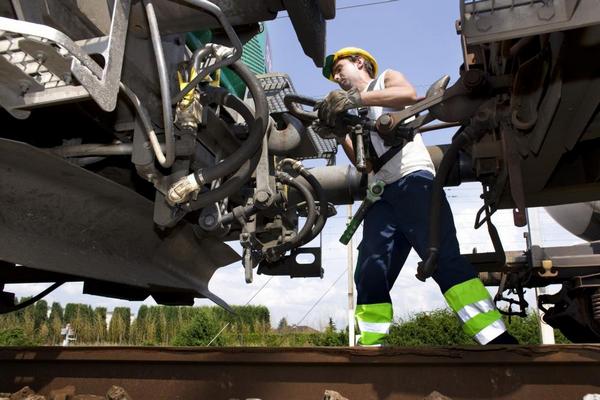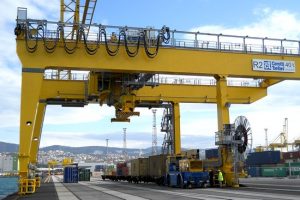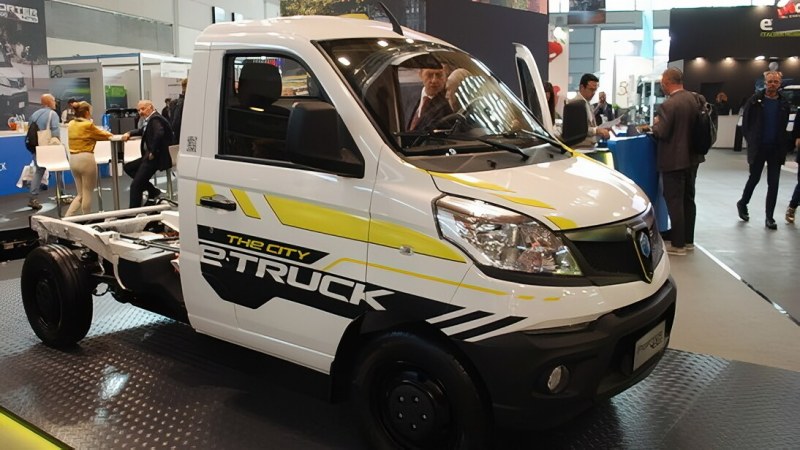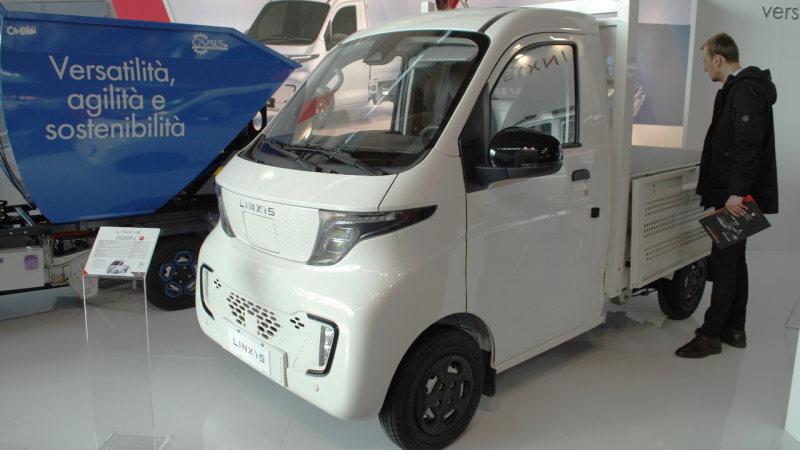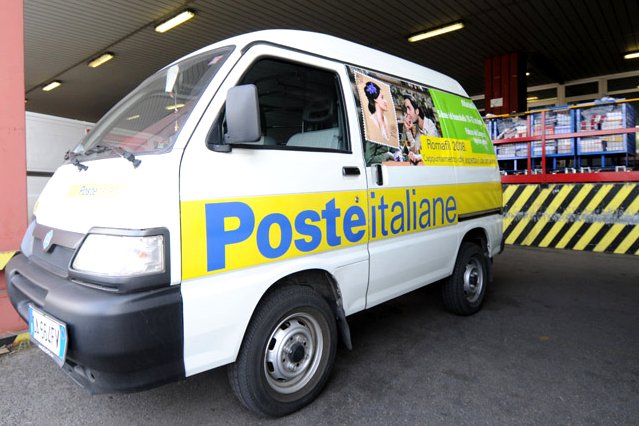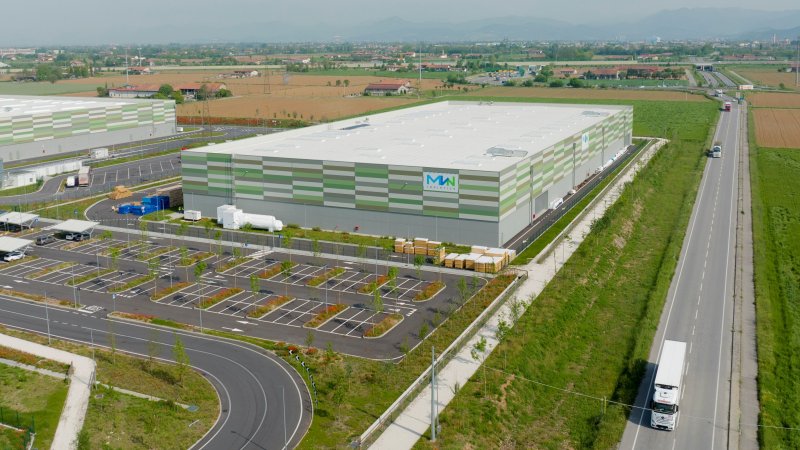The shortage of truck drivers continues to cause significant disruptions in the supply chain. Since the pandemic, many drivers have left the industry, and in Italy, estimates show that for every five drivers who leave, only one enters the job market. This is particularly concerning given the increasing demand for road transportation. Additionally, demographic shifts are fueling the so-called "Great Retirement."
According to the International Road Transport Union's report on this trend, 30% of drivers globally plan to retire by 2026. Younger people entering the profession are far fewer than those retiring, with the average age of European drivers now over fifty. A study by the Cgia Research Office, published in August 2024, highlights that it is mainly those under 25 and over 60 who stay, while the 30 to 59 age group is increasingly leaving. To reverse this trend, changes in working conditions and schedules are essential.
It is clear that 20th-century methods cannot solve 21st-century problems. New hires alone won't suffice; the entire transportation process needs to be reimagined to be smarter and more efficient. Increasingly, companies are turning to technology to gain real-time insights and identify inefficiencies like empty trips and excessive waiting times in yards. According to Transporeon's 2024 Pulse Report, most companies believe the driver shortage cannot be resolved quickly.
However, the report explains that integrating AI-based technologies with human expertise could provide a tangible solution. Digitizing processes, such as automating yard access through license plate recognition or online check-ins, can improve efficiency and reduce waiting times, aligning the transportation sector with modern logistical practices. AI can analyze years of data to accurately predict arrival times and optimize cargo reception. This not only enhances delivery punctuality but also improves drivers' work lives by significantly reducing waiting times.


